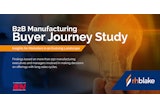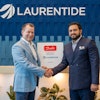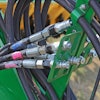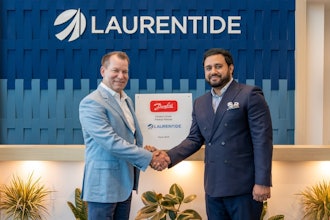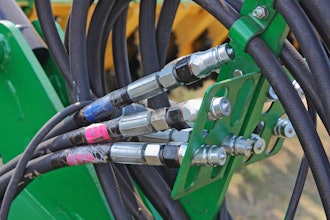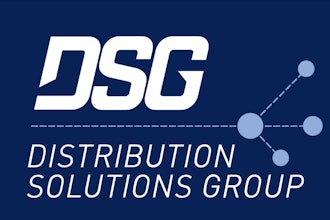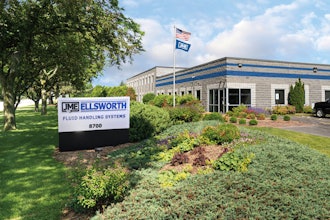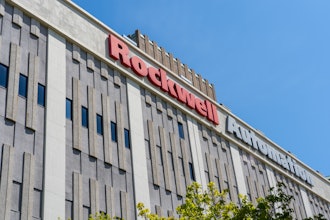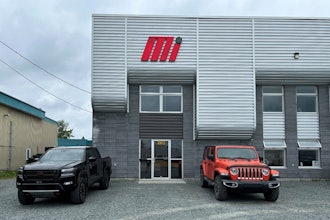
One of the greatest problems manufacturers (and distributors) have experienced over the years has been the danger of relying too much on one group of customers or product groups and failing to look at new, possibly related markets that can markedly increase their revenues.
That is apparently changing.
Some manufacturers are successfully performing discrete customized applications for customers. An Oracle study recently pointed out that the industry’s next wave of digital transformation is the micro-factory, which they describe as a small, modular, highly automated and technologically advanced structure that can be set up near the customer base to reduce shipping and storage costs. It would also make it easier to build customer products.
Meanwhile, some distributors continue to buy competitors to expand their geographical reach and their product offerings rather than focus on just one large customer base.
Relying on one large customer can be deadly. The owner of one general line distributor in the Northeast found out the dangers of focusing too much on one customer when he lost 80% of business that was tied up in a Fortune 500 company. It took him years to recover.
Emerging Opportunities
Fortunately, companies like Euclid, Ohio-based Lincoln Electric have taken an important step in finding a new, emerging market while keeping its main focus on its core business. Long known as a pioneer in arc welding, engineering, cutting and automated technologies, the nearly 130-year-old company has changed with the times.
For example, Lincoln Electric has gotten into additive manufacturing, using its welding know-how and a welding robot to basically act as a 3D printer to produce parts from scratch.The company now says it has the largest 3D metal printing capacity in North America and can expedite production for large industrial parts for various applications and industries.
Now, Lincoln Electric is entering a new market that could generate substantial sales for the company. A year and a half ago, Lincoln announced it would be looking at the electric vehicle charger field — and it now has its first product.
Lincoln Electric spent more than 18 months examining chargers and discovered a 95% parts commonality between EV chargers and products that the company already makes.
Just a few months ago, Lincoln Electric introduced its Velion DC Fast Charger for Electric Vehicles, a Level 3 DC fast charger platform that it describes as delivering fast charging speeds with reliability for ultimate performance and uptime.
Designed with industrial-grade components, the Velion leverages Lincoln Electric’s more than a century of experience designing, testing and building high-quality industrial equipment that includes 50+ years of experience manufacturing rugged, reliable electric power conversion systems for a wide range of harsh outdoor operating environments.
“Our DCFC charger is also the first and only American-designed and American-made EV charger to not only meet, but exceed, the requirements of the federal government’s National Electric Vehicle Infrastructure Formula Program (NEVI),” said Steven Sumner, vice president, corporate innovation for Lincoln Electric.
This DC fast charger is the first of several DC fast charging products that the company will be bringing to market.
The company could not predict what the revenues will be for the new chargers, which will be installed along interstate highways and not at the homes of residents.
Speaking with financial analysts last October, then-EVP and COO — and now newly named CEO — Steven Hedlund explained that, because of uncertainties in the market, revenues for its chargers could not be predicted.
“We have mentioned consistently that the pacing of that business relies a lot on factors outside of our control or outside of our customers’ control in terms of permitting and grid hookups and substation transformers and the like,” he said. “So we’ve been very cautious not to provide a revenue forecast for that business just because we don’t know exactly how that will all unfold.
“You’ve seen the news that some of the OEMs are starting to slow the rollout of their vehicles because the charging infrastructure is not really there to support it yet,” Hedlund said. “So we see that as a positive in the sense it will put continued pressure for building out the charging infrastructure.
“We’re still very optimistic about it, but we’re cautiously optimistic, given the uncertainties in the market.”
A Mixed Bag Ahead?
But there is reason to temper this cautious optimism.
Ford Motor Co. executives, for example, have told suppliers for its F-150 Lightning group that this year’s output will be halved at its Rouge EV plant in Dearborn, Michigan. The company had been targeting an annual production rate of 150,000 at the facility for 2024, which would have it assembling roughly 3,200 vehicles per week, but now that number will be closer to 1,600, Industry Week reported.
The company idled one of three shifts at the Rouge plant in October, affecting roughly 700 jobs, and pushed back $12 billion of investments, including by reducing production of the Mustang Mach-E and halting work at one of the battery plants it planned to open with SK On.
And while there is no crystal ball for assessing these new ventures, taking risks may be inevitable for success. Likewise, distributors and manufacturers must continue to look at how technological advancements will influence their business operations and decide how to look at these new markets. Their futures could depend on it.
